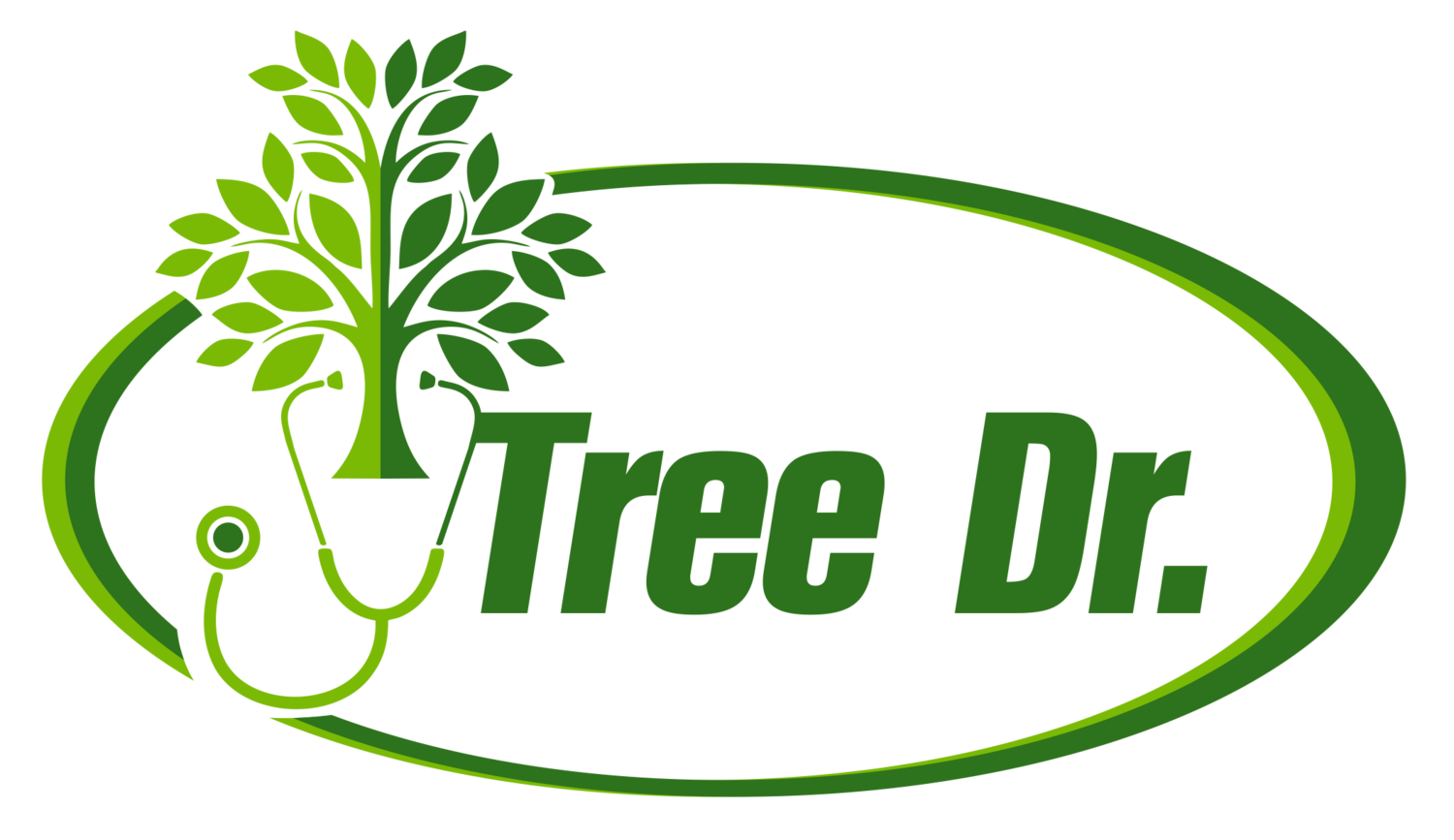Dead Ash trees throughout New Jersey
And so it begins. Now that spring has arrived we can enjoy sunny days, beautiful flowers and relax in the shade of our favorite tree. Let’s just hope that favorite tree is not an Ash. For two years it has been confirmed that Emerald Ash Borers are in New Jersey and are damaging Ash trees throughout the state. The insect was first confirm to be in Bridgewater in Somerset County but quickly spread to Burlington, Bergen, Mercer, Middlesex, and Monmouth Counties. Now dead Ash trees can now be found in town throughout New Jersey.
New Jersey has 24.7 million ash trees, making approximately 9 percent of New Jersey forests susceptible to emerald ash borer attacks. Although rarely the most abundant tree in a forest stand, ash is still found in 24 percent of all forest land. The greatest numbers of ash trees can be found in the northern part of the state. Ash is also commonly planted along streets, as landscape trees in yards, and in parks throughout the state. It is in these locations that dead Ash trees have the greatest impact. Just imagine the 40 foot trees lining your street gone forever.
The Emerald Ash Borer (Agrilus planipennis or EAB) is responsible for the destruction of tens of millions of ash trees in 25 states in the Midwest and Northeast. Native to Asia, it likely arrived in the United States hidden in wood packing materials. The first U.S. identification of Emerald Ash Borer was in southeastern Michigan in 2002. This invasive insect acts fast and dead Ash trees are commonly found 2-4 years from initial infestation. There are a variety of treatment options that can serve as a control measure for EAB, but they are not a cure. Because pesticide regulations differ from State to State, homeowners should contact a licensed pesticide application company to protect their Ash trees.
The adult EAB is approximately ½” long and 1/8” wide, metallic-green in color, with a metallic-copper red abdomen. The larvae are white or cream colored, measure approximately 1 - 1 1/4" long and have 10 abdominal segments that are bell shaped. EAB adults emerge in May or early June creating D-shaped exit holes, 3-4 mm in size on the branches and trunks of infested trees and stay active through August. The EAB feed on the margins of the ash leaf and have a 1year lifecycle. After feeding, the female EAB deposits eggs in bark crevices or under bark flaps on the trunk or bark. After the egg matures, larvae burrow under the bark and feed on the cambium - the water and nutrient transporting layer of the tree. It is this feeding that causes the most concern for the health of the tree. By damaging the cambium, the flow of water is impeded resulting in a dead Ash tree.
Signs and Symptoms of Emerald Ash Borer damage are as follows. EAB first infest the top of the tree’s crown, which makes spotting adult beetles or exit holes nearly impossible from the ground. Woodpecker activity and damage on live trees is often an initial sign of an EAB infestation. As EAB populations increase we begin to see thinning of the canopy, epicormic branching (sucker growth), bark splits, and exit holes lower on the areas of the tree become more prevalent. If you are finding d-shaped exit holes low to the ground a dead Ash tree is not far behind.
Rutgers University has just released a Plant & Pest Advisory confirming dead Ash trees are now being found in New Jersey due to damage from the Emerald Ash Borer. Please follow the link below.
http://plant-pest-advisory.rutgers.edu/ladies-and-gentlemen-start-your-engines/
Contact Tree Dr. now at http://www.treedrnj.com/
to Save Your Ash.
